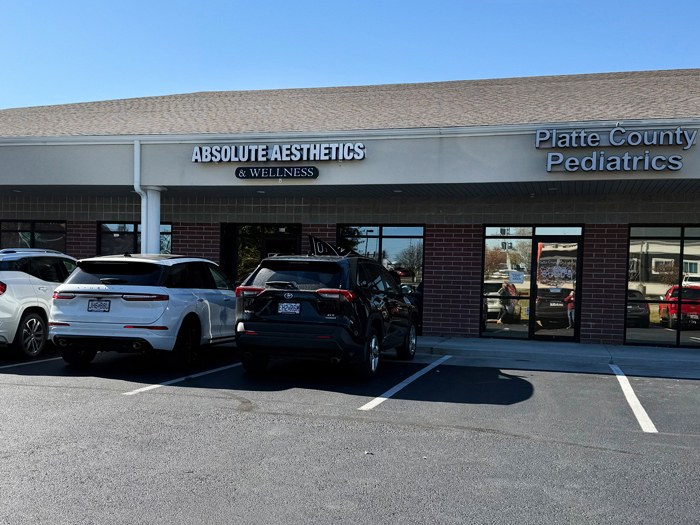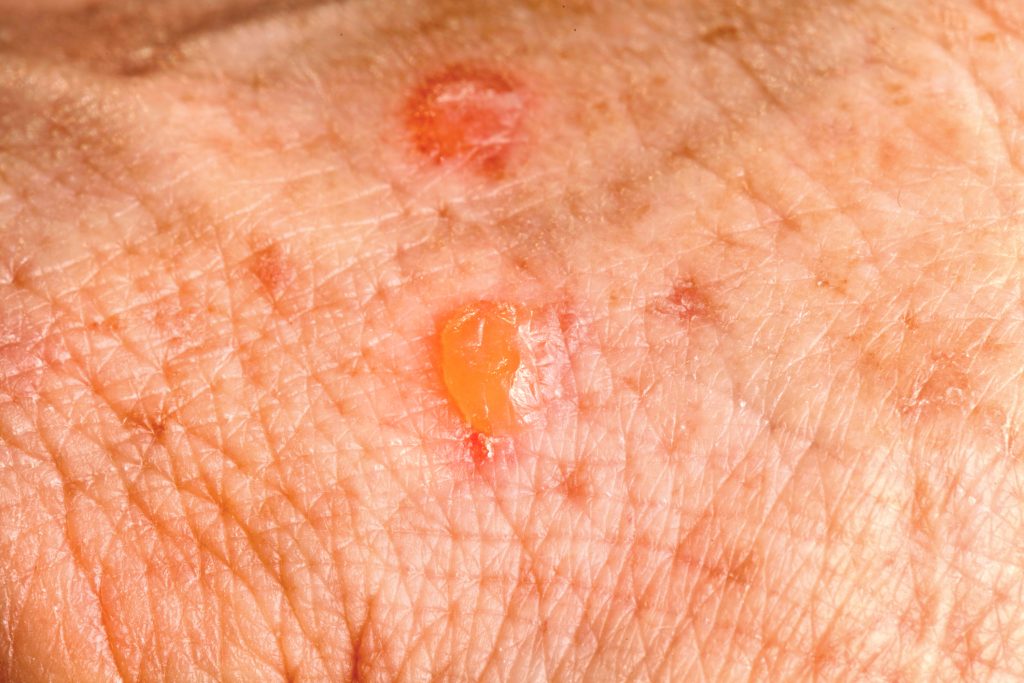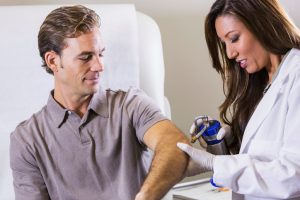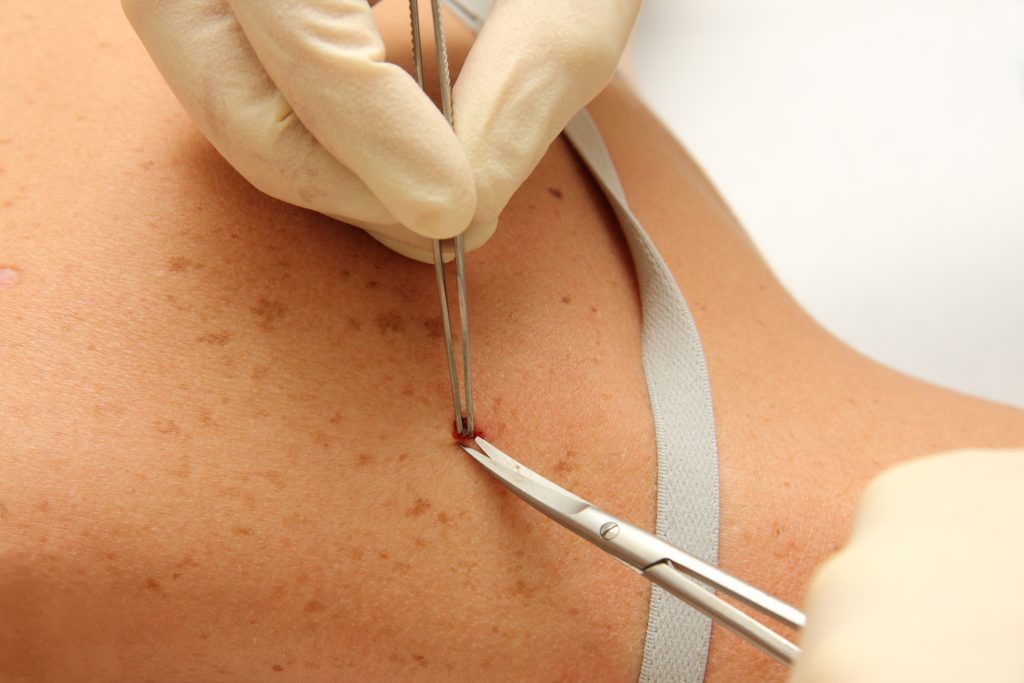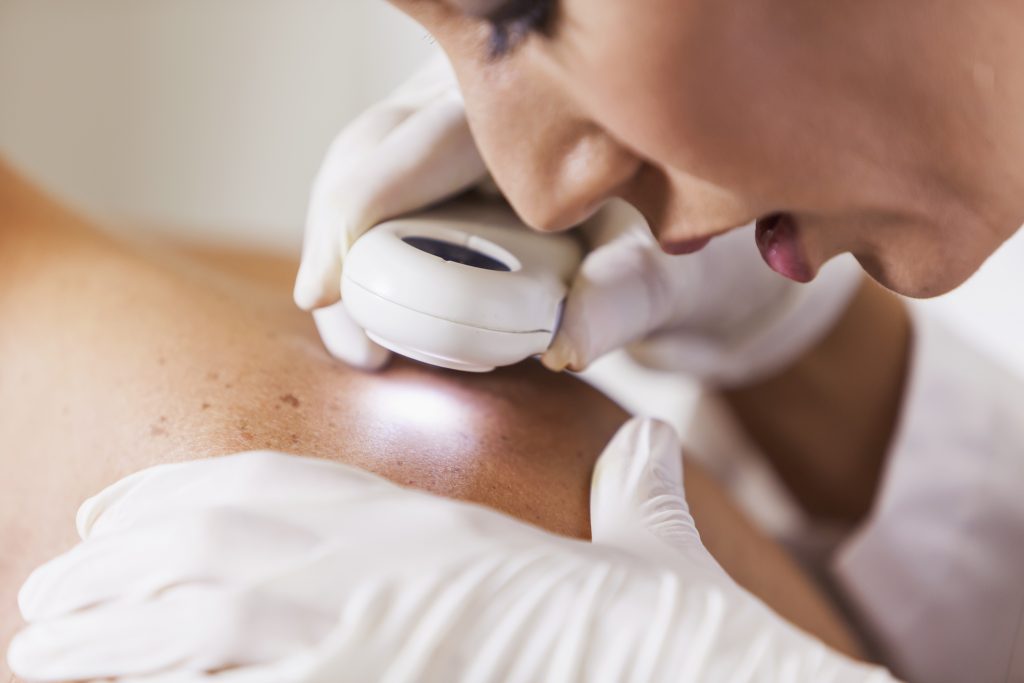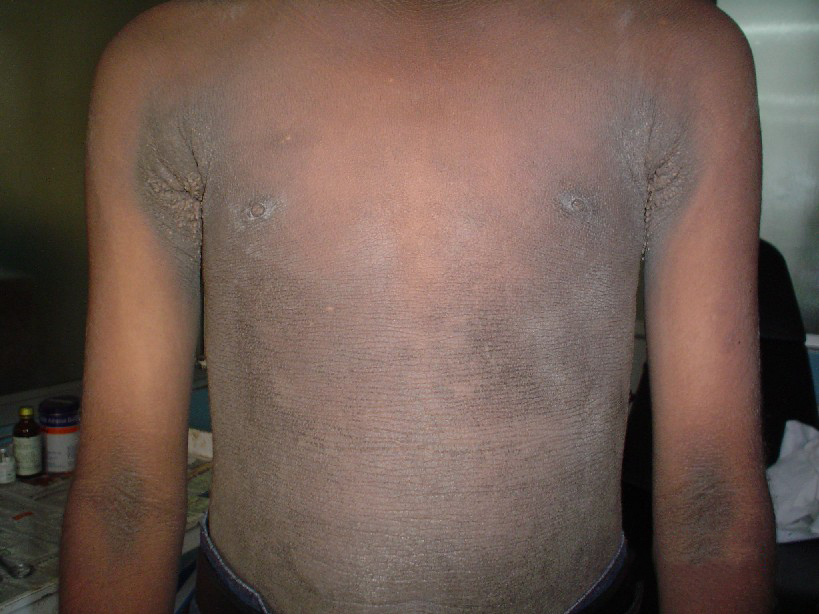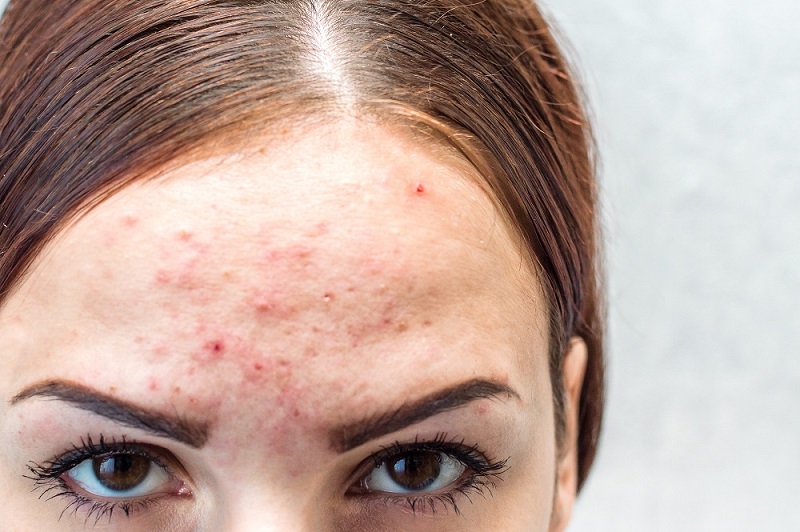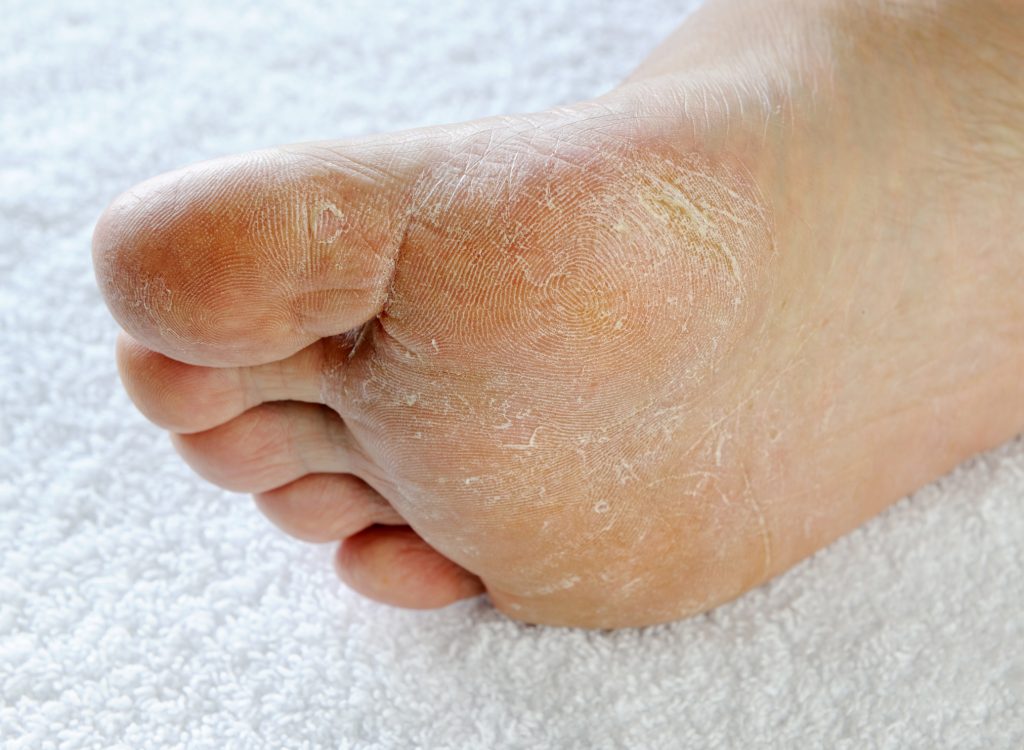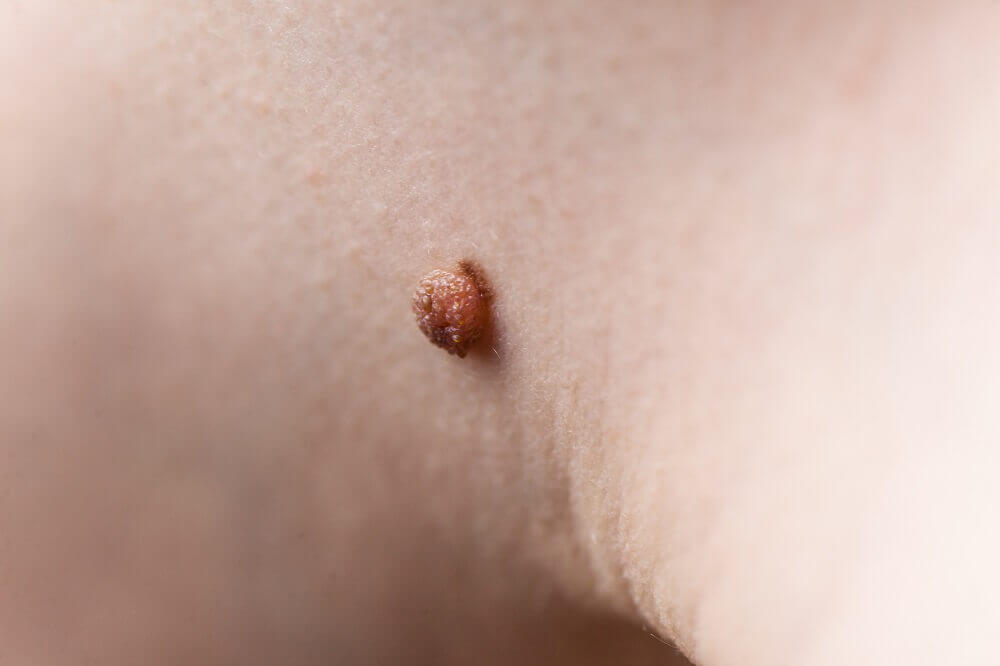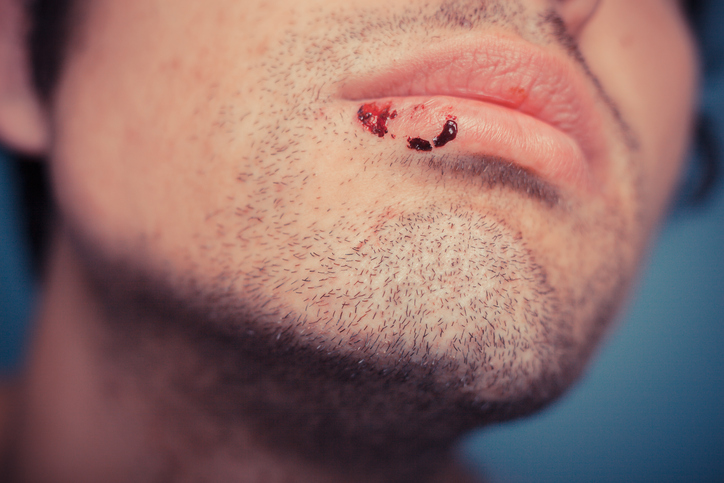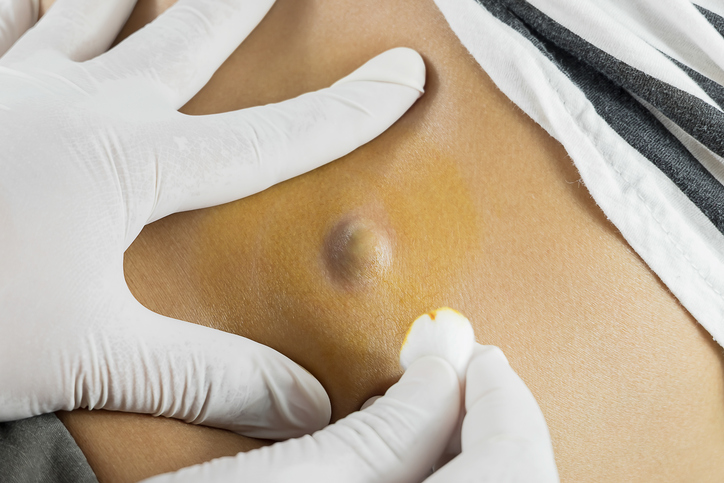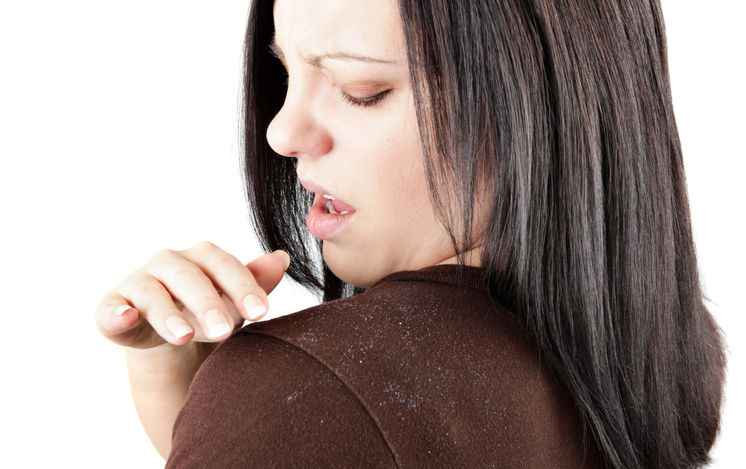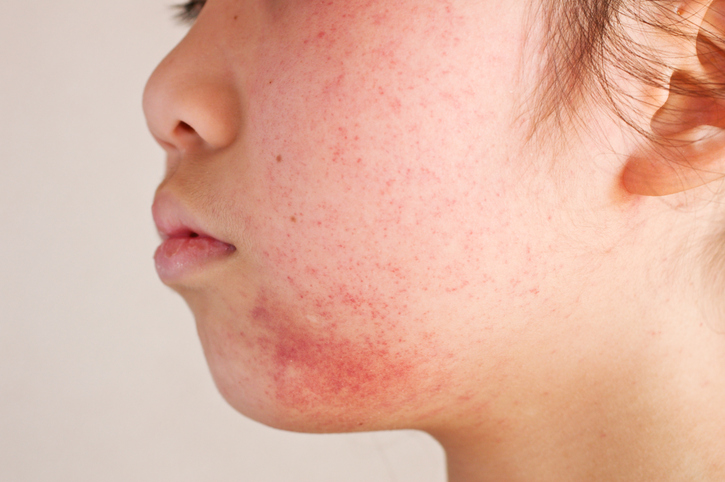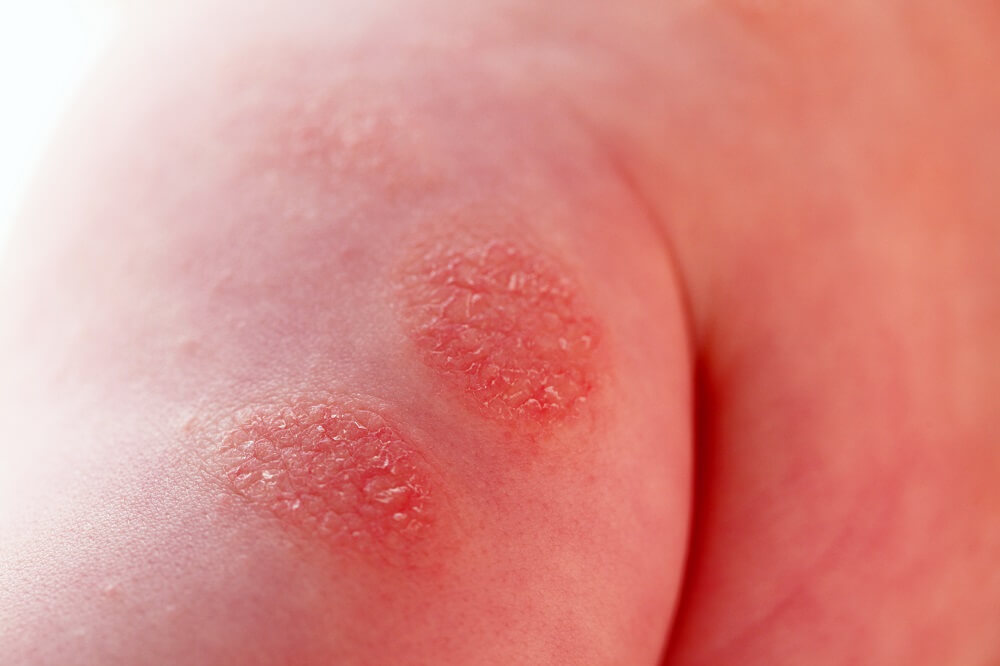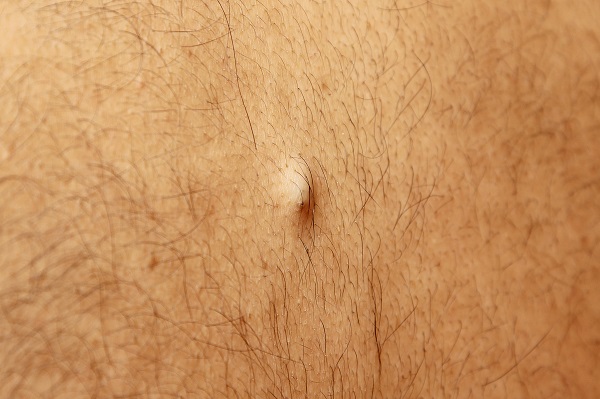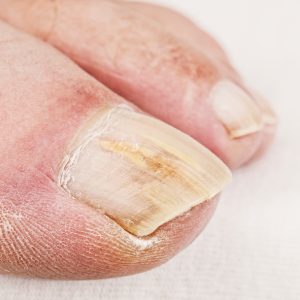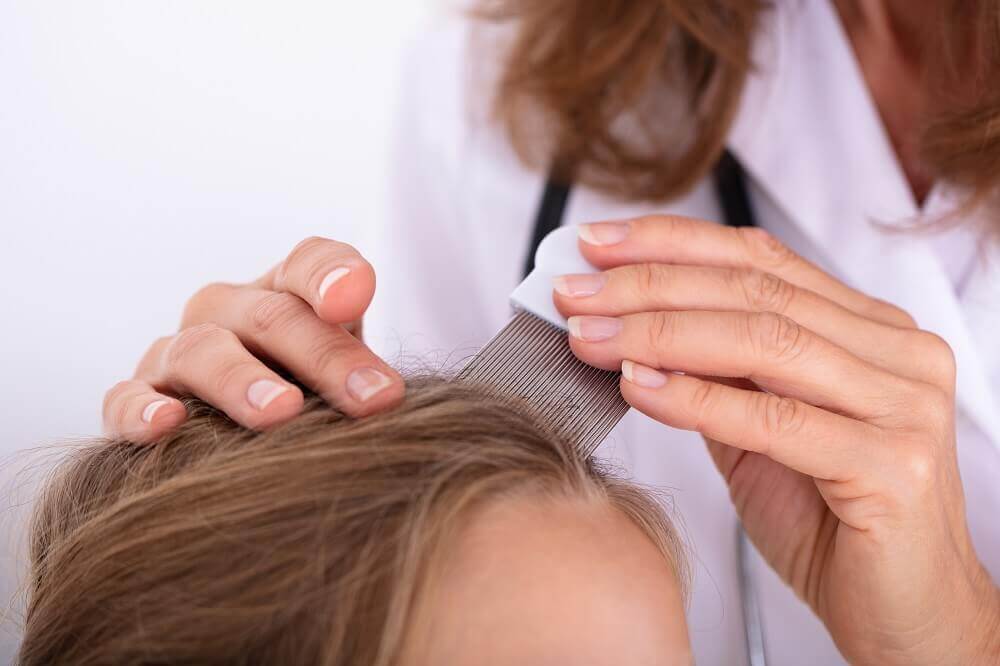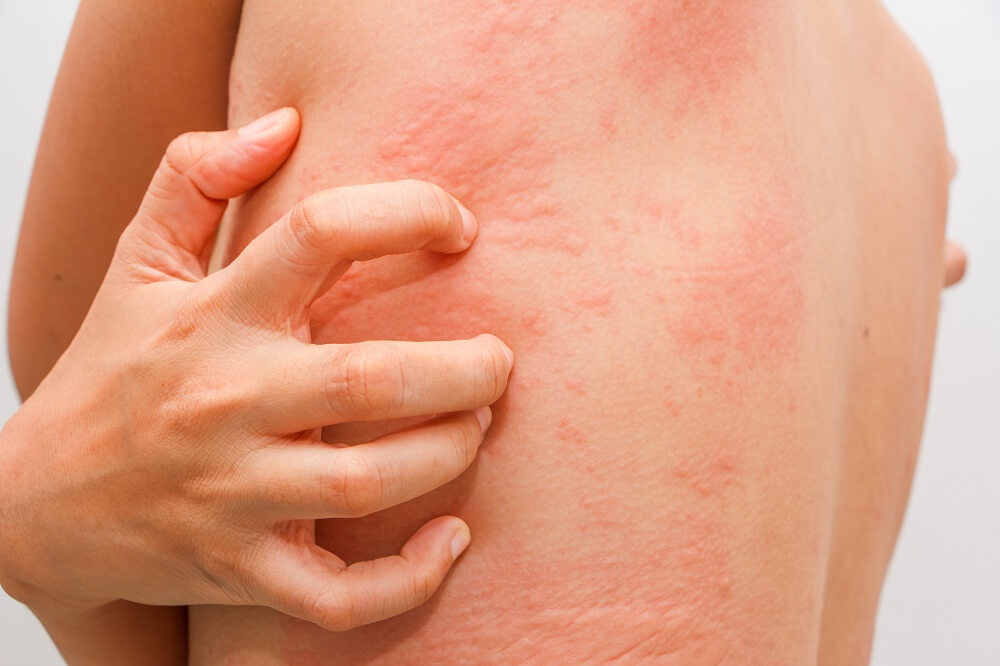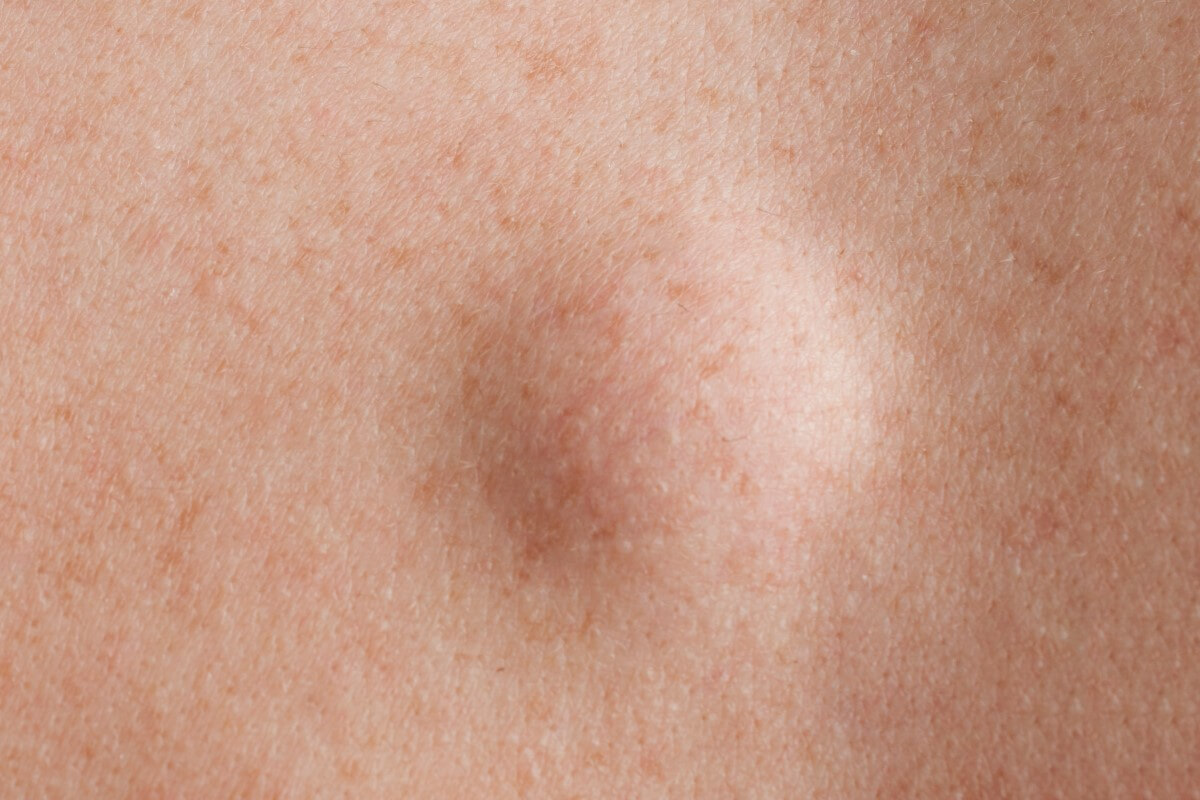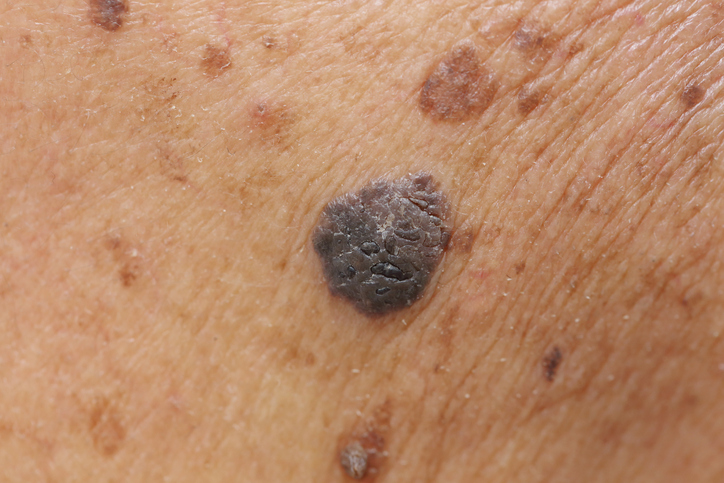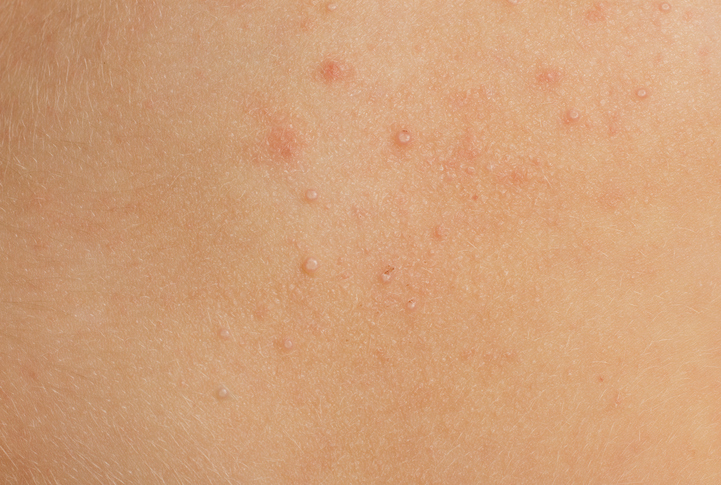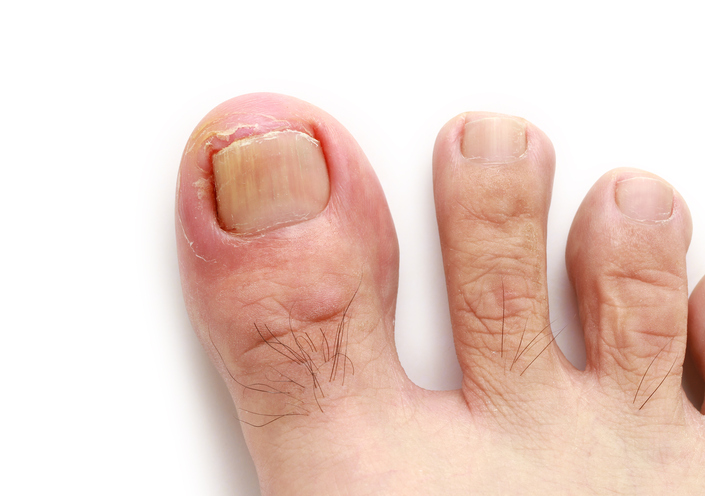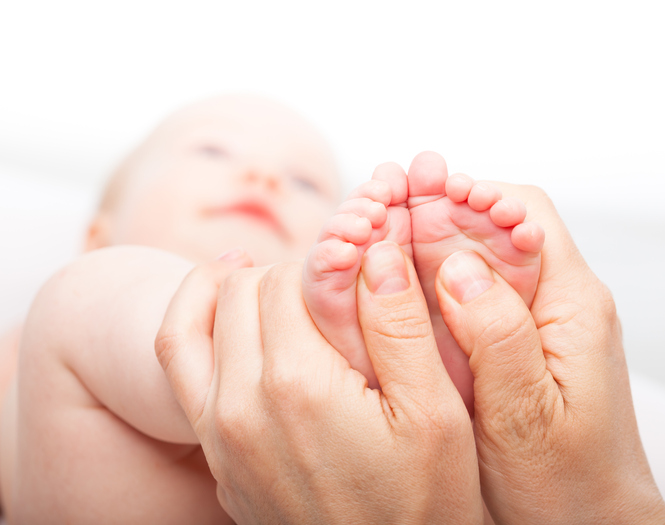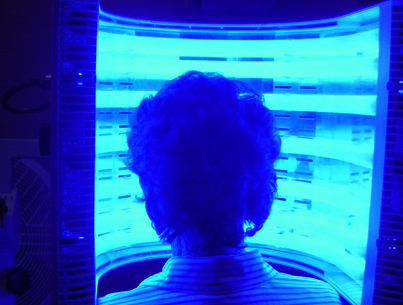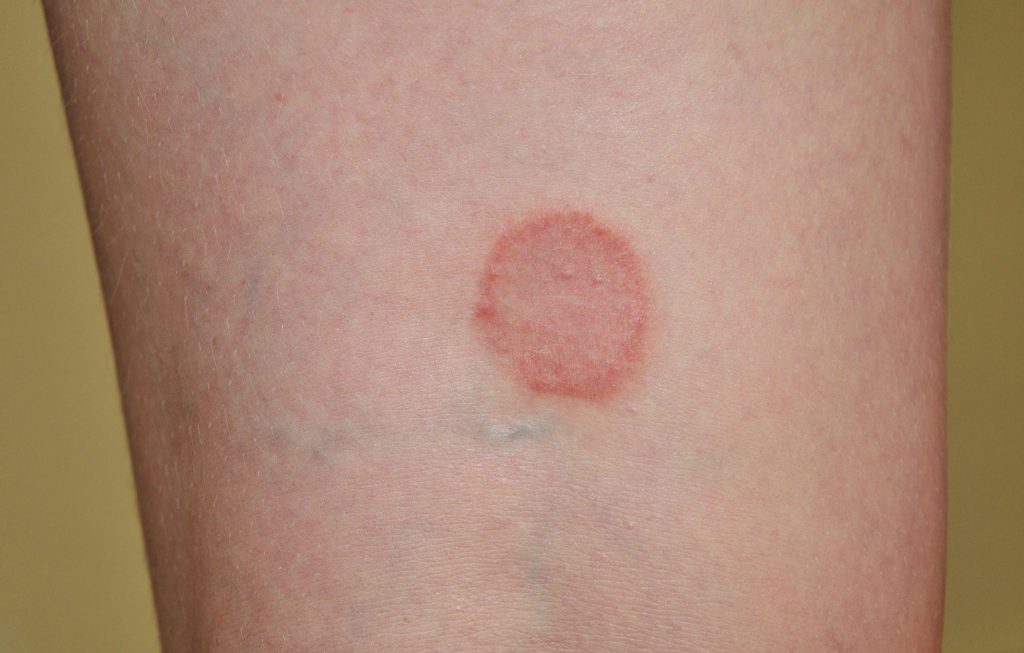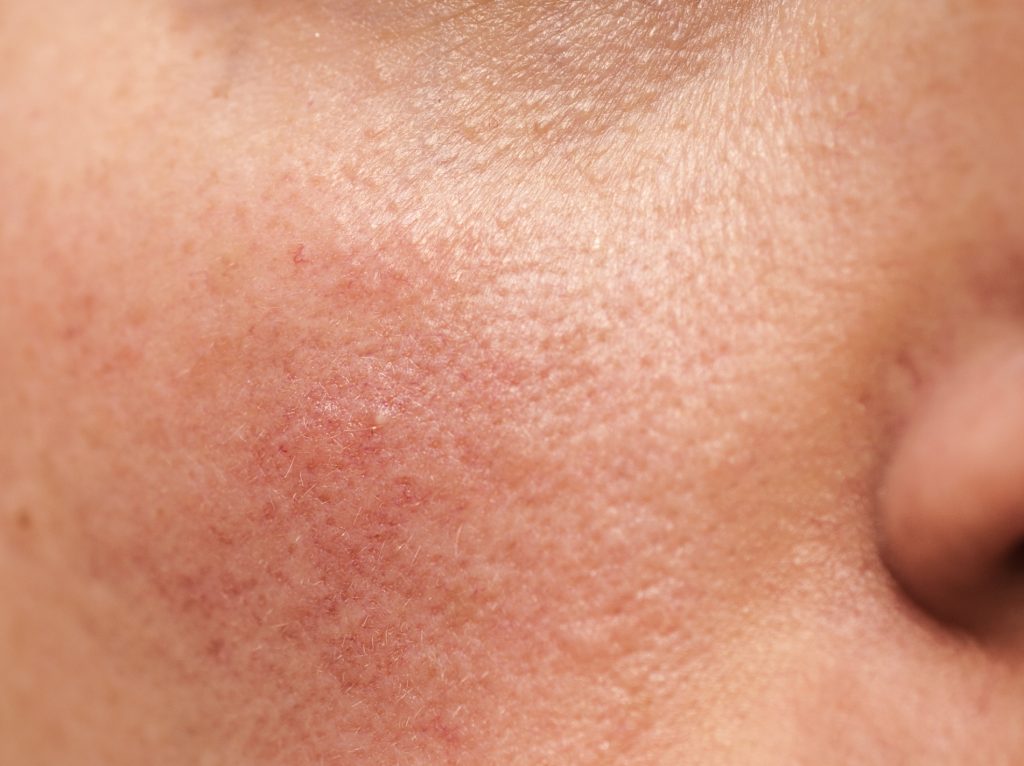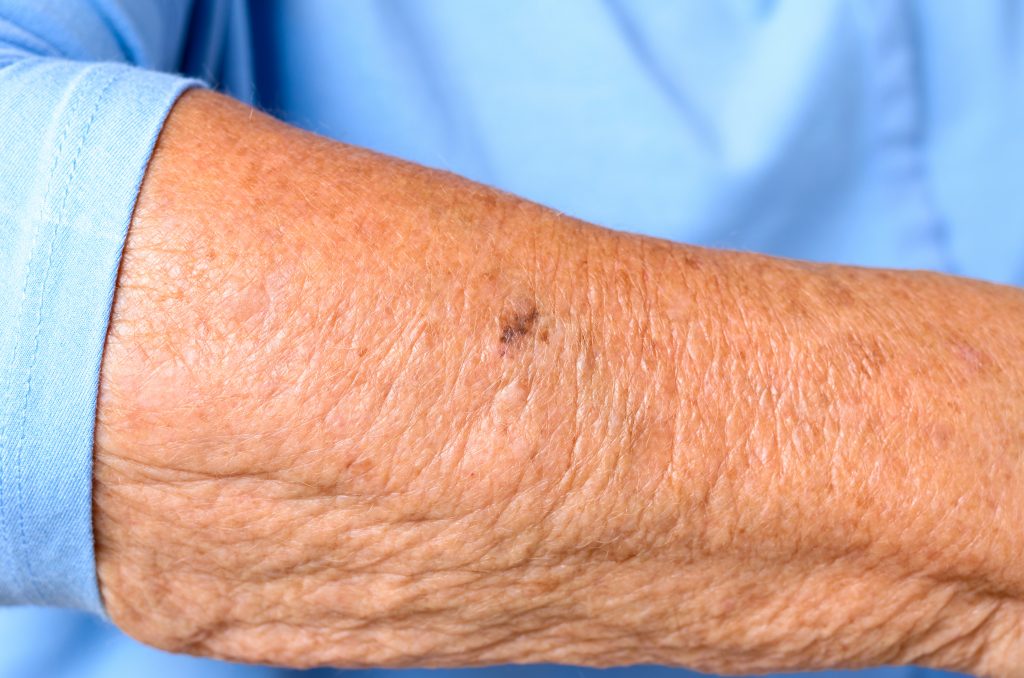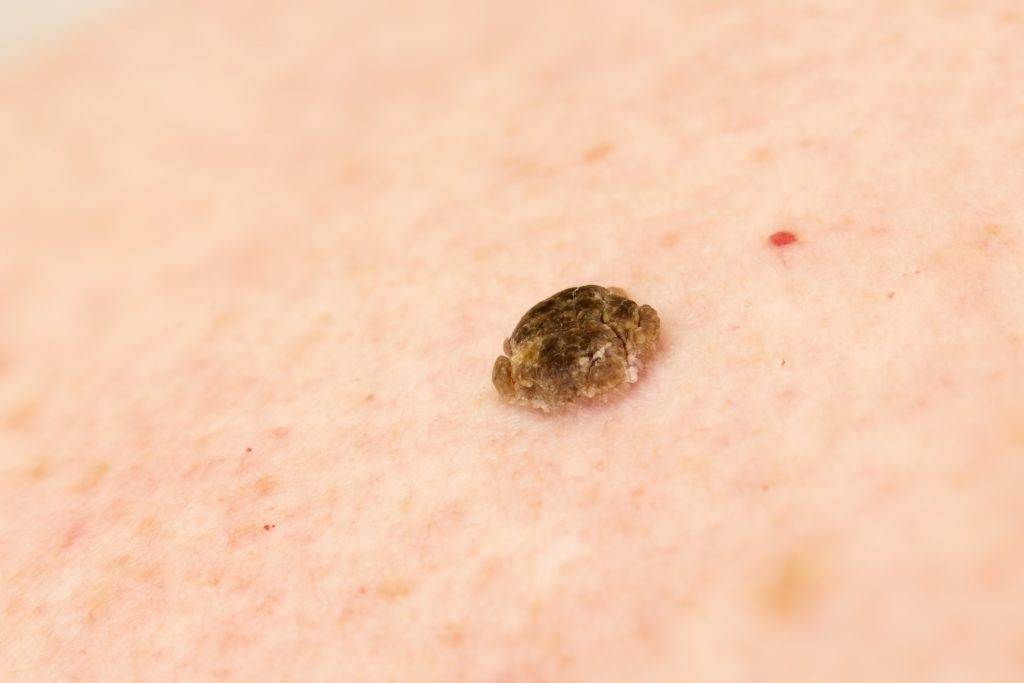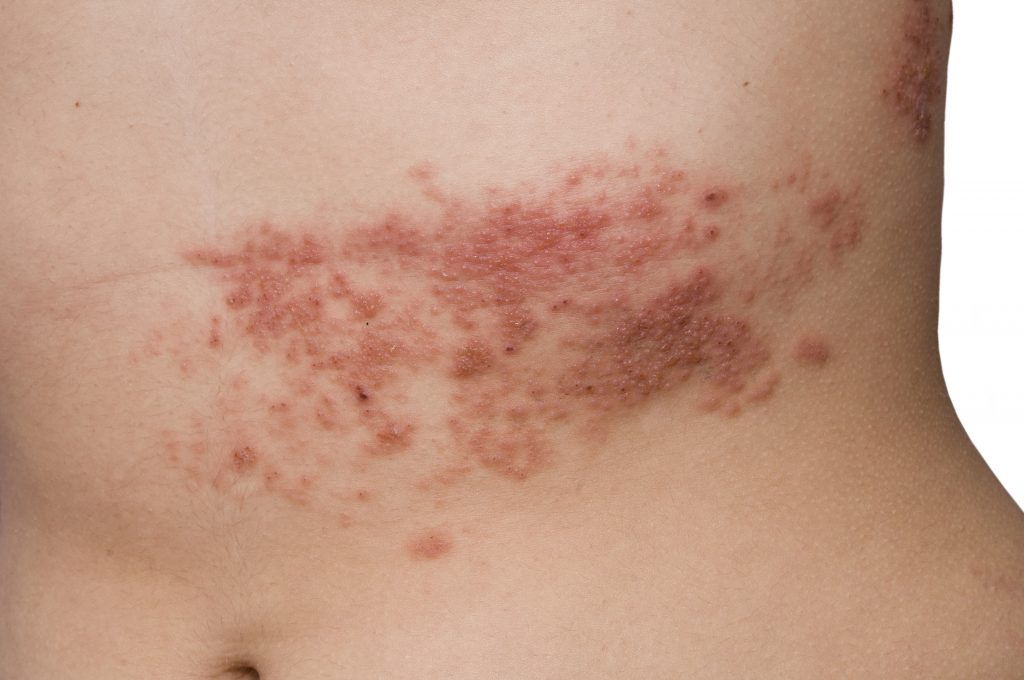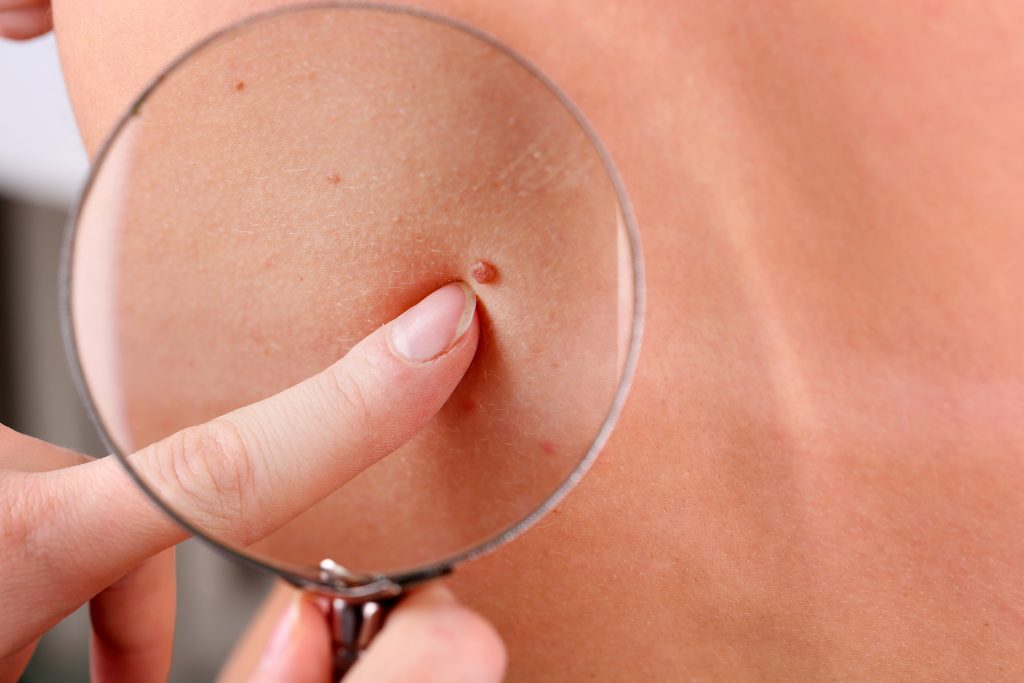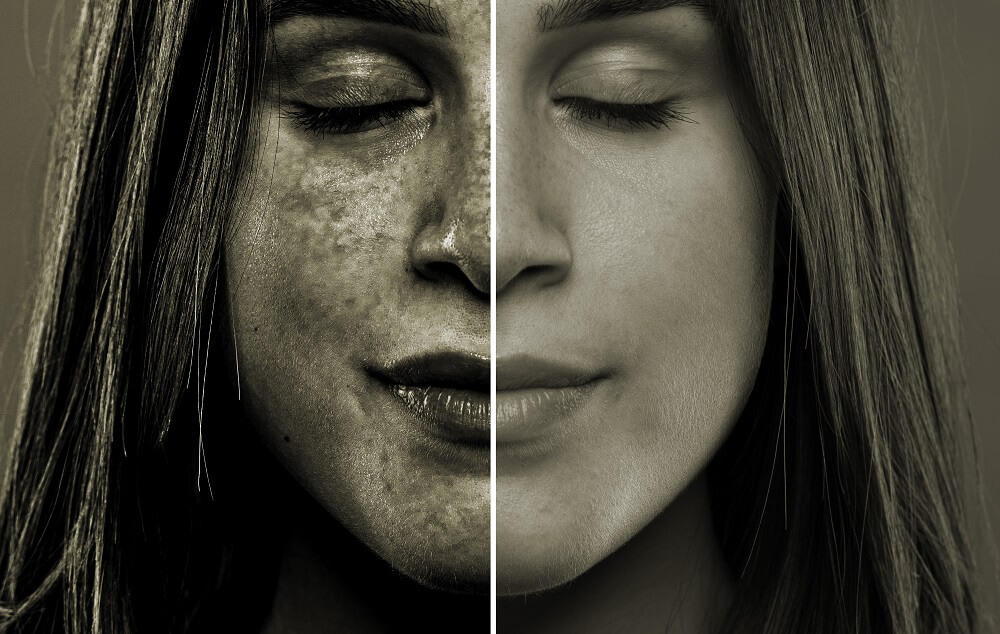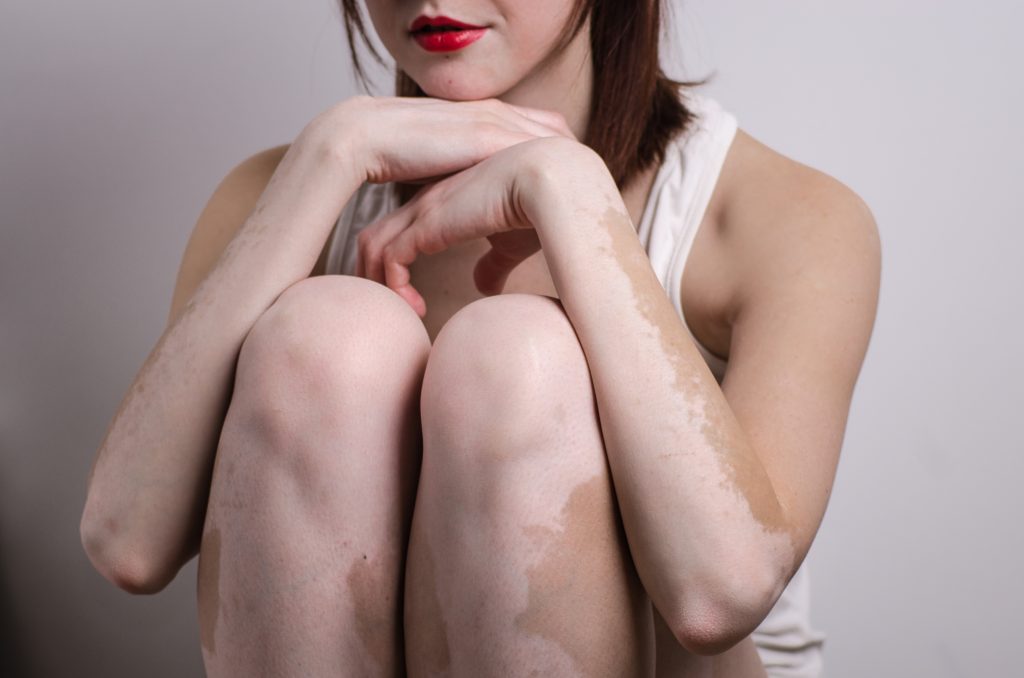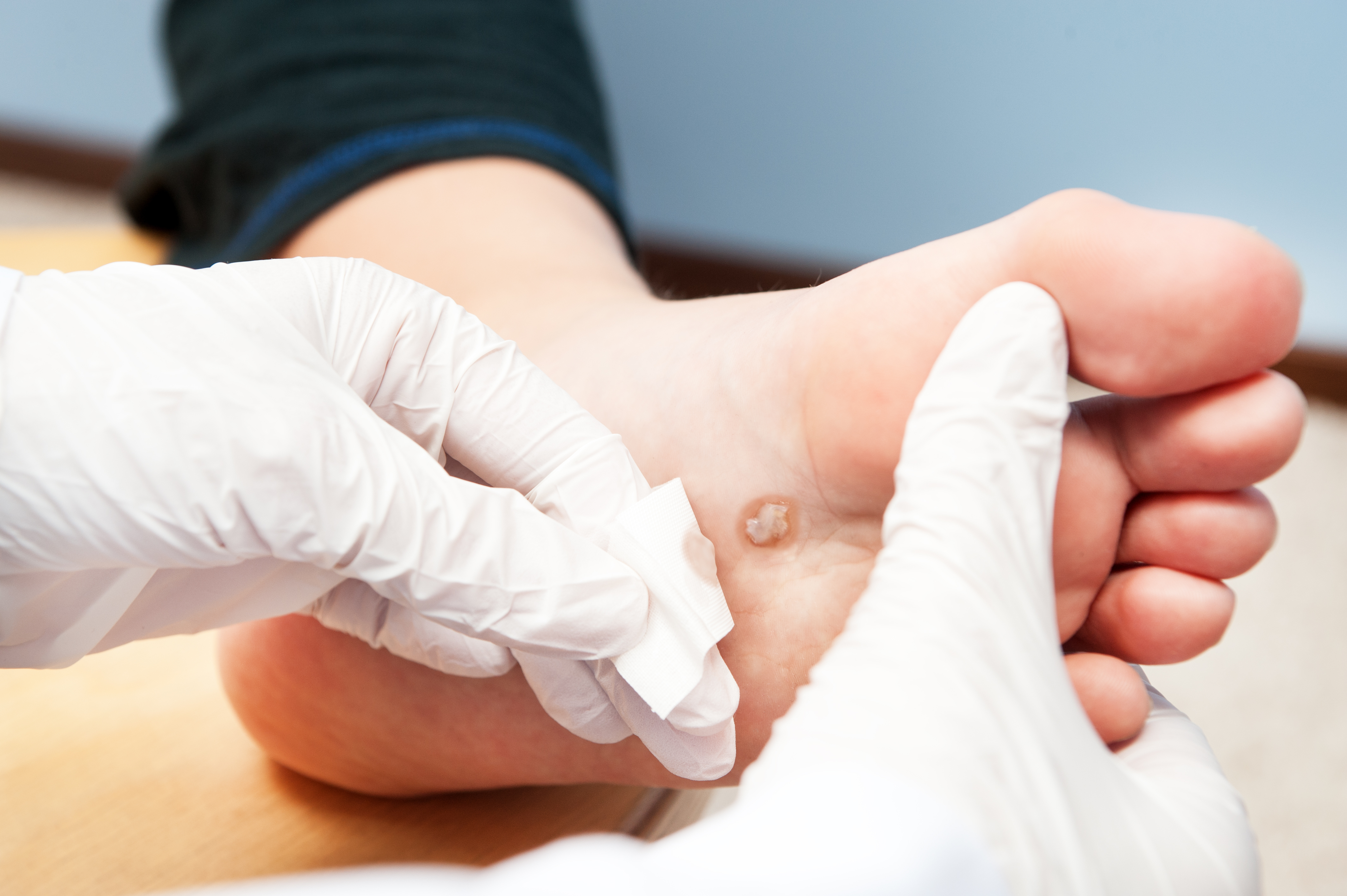Danielle Berg completed her undergraduate degree in social work from Iowa State University before earning her Bachelor of Science in Nursing from Chamberlain University. She went on to receive her Master of Science as a Family Nurse Practitioner from Maryville University St. Louis.
Danielle has practiced in family medicine as well as in Neonatal Intensive Care Unit and Pediatrics. She transitioned to dermatology because she always had an interest in the specialty. “I used to work in an asthma and allergy clinic and enjoyed seeing and treating patients with eczema,” says Danielle, “and that was the beginning of my dermatology adventure!”
Danielle provides medical dermatology services to all ages. Nonetheless, due to her NICU background, she has a heart for pediatric dermatology, specifically caring for patients with acne and eczema, as well as hair loss and alopecia.
A member of the American Academy of Nurse Practitioners and the Society of Dermatology Nurse Practitioners, Danielle’s goal is to provide exceptional and individualized care, so her patients feel important and a part of their own care. “I want my patients to feel comfortable coming to see me and be confident and happy with the care they receive from me,” she says.
An avid Iowa State fan, Danielle enjoys spending time with her significant other and two adult children. She also loves baking and cooking, bowling, swimming, pickleball, paddleboarding and traveling.
Danielle cares for patients in our St Joseph and Platte City, Missouri clinics.
Specialties and Affiliations
- American Academy of Nurse Practitioners
- Society of Dermatology Nurse Practitioners


